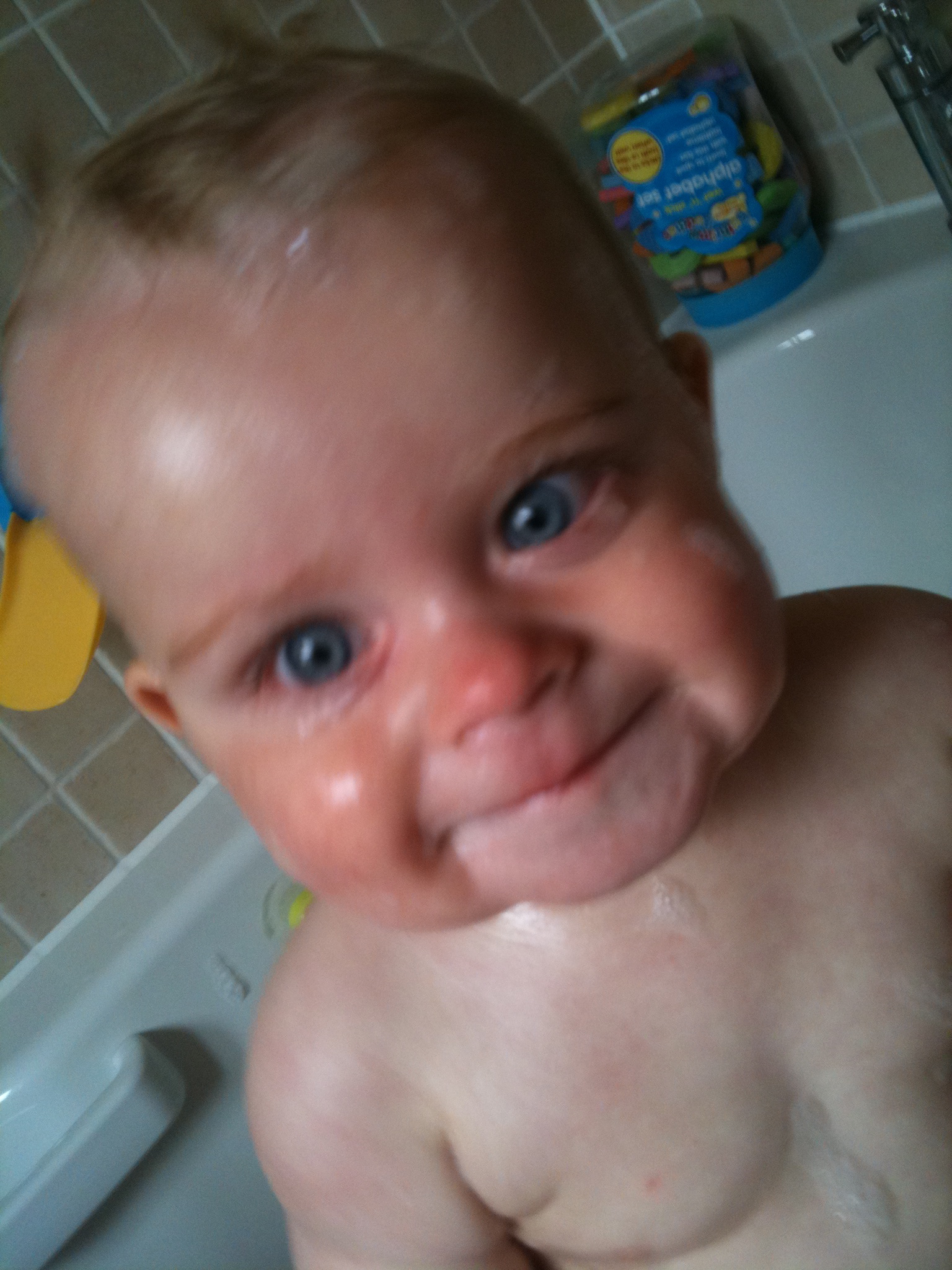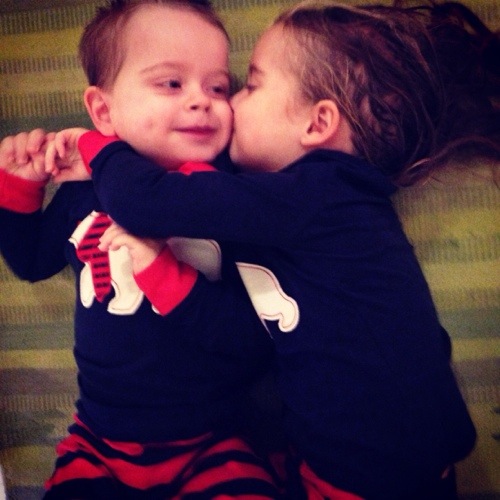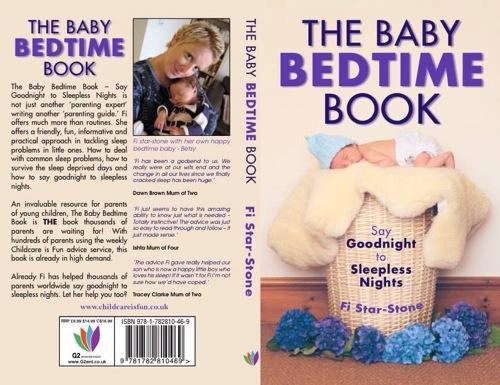Becoming a parent for the first time is very exciting, but can also be quite worrying. Becoming a parent of twins or more can be quite daunting, so I have written these twin sleep tips and multiple sleep tips for parents of multiple babies in the hope it’ll make things a little less scary for you!
Multiples sleep tips
Looking after one newborn can be hard enough, but when you need to split your time between two or more, it’s easy to become overwhelmed and leave you feeling exhausted!
For happy baby bedtimes and to say goodnight to sleepless nights I’m a firm believer of routine. Now I’m not talking about regimented, sticking ridgedly to the hour kind of routine, just a gentle and easy routine that fits in with your life.
Routine is the magic key to happy Baby bedtimes…
When I talk about routine I mean feeding, bedtime, naptimes and regular daily activities. Even from a very young age your babies will thrive on routine such as a regular morning outing to the park or meeting other parents. Regular feeding times, and regular nap and bedtimes are the key to happy baby bedtimes.
Coping with two babies is harder than coping with just one, so it may take you longer to get into a routine that suits you.
If your little ones have been in neonatal care, which many multiple birth babies often are, they are likely to be in a routine by the care team already. It’s a really good idea to stick to this routine.
To change an already working feeding routine isn’t advisable and can cause all kinds of chaos – especailly with more than one child – so stick to the times for feeding as best you can. Simply adapt it as they grow older and their needs change.
A multiple feeding routine
However you decide to feed your babies, a gentle feeding routine is essential for multiple babies. Feeding multiple babies on demand can leave you feeling exhausted and feeding constantly. It’s fair to see not a lot else will get done!
It’s possible to breastfeed twins and, in some cases, triplets. (Huge thanks to Mags for providing a wonderful picture of tandem feeding her gorgeous twins!) Breast milk has fantastic benefits for all little ones, but it’s important to mention here that it’s especially for premature babies as their tummy is immature and therefor breast milk is easier to digest.
Don’t worry if you’re formula feeding – as with all things parenting it’s about making informed choices, so please don’t feel guilty if you can’t breastfeed.
Sometimes it may be necessary with multiple births to use a combination of breastfeeding and formula feeding if you have triplets or more! Whatever you decide – a gentle routine will help. You may also decide to express some breast milk and feed using bottles sometimes so you can share the feeding routine with your partner in the early days and ease off the tiredness that parenting multiple birth babies brings!
If your little ones are not in a routine already, and haven’t started life in neonatal care then aim for a 3-4 hour feeding schedule (closer to 3 hours in those early days, moving closer to 4 as they establish good feeding and get into a routine.)
As soon as you can – try and get your little ones to distinguish daytime from night-time. You can do this by being quieter around naps and bedtime (wind down quiet activities and stories) and being a little louder (do the mundane household chores like vacuuming, or put music on) when they are awake.
Babies are very clever and soon cotton on to the idea of night and day. By 6 weeks old, they should start to get an idea of the night and daytimes.
Day time naps
 Some parents think that if a baby doesn’t sleep during the day that they will be more tired at night and thus sleep longer and better – no! This is wrong, in fact the total opposite happens!
Some parents think that if a baby doesn’t sleep during the day that they will be more tired at night and thus sleep longer and better – no! This is wrong, in fact the total opposite happens!
Babies that dont have regular naps during the day are grouchy, grumbly and overtired, therefore waking lots in the night.
Getting your child into good sleep habits can only really be obtained after a good daily routine is established. Without a good daily routine (and this goes for a baby or child of any age) getting them to sleep through the night is near impossible.
In the early months (up to 12 months old) little ones should have a short morning nap, and an longer 2-3 hour nap in the afternoon.
Cut the morning naps around 12 months (but continue with the afternoon naps) and finally all naps by 2 1/2 to 3 depending on how your little ones feel.
A good bedtime routine
Getting into a good routine doesn’t end at bedtime, if anything, it starts at bedtime! It’s important to get into a good bedtime routine from a very early age- start as you mean to go on!
Bedtime should start the minute you are upstairs getting your little ones ready to go to bed.
 Start with a nice bath! Have lots of fun in the bath with toys, bubbles and singing time, even from a very young age this is important! Sing to your babies in the bath, trickle water over them and make fun sounds. The longer, more fun the bath, the better! Encourage them to interact with each other – it’s a great bonding time for all of you!
Start with a nice bath! Have lots of fun in the bath with toys, bubbles and singing time, even from a very young age this is important! Sing to your babies in the bath, trickle water over them and make fun sounds. The longer, more fun the bath, the better! Encourage them to interact with each other – it’s a great bonding time for all of you!
Always prepare your older children that bathtime is nearly over by giving a two minute warning. Sounds silly? Not at all – this is usually where lots of tantrums start and children who don’t have time to get used to the idea that something fun is about to end, can break-down into floods of tears, which turns bedtime into a nightmare!
After their bath, dry your littlie ones with a nice big fluffy towel – making it lots of fun! Sing songs, and cuddle them dry! Giving both equal tickles and attention can be hard, but so important. Make sure their pyjamas are in the bathroom or close by and when they are dry, dress them, talking all the time about snuggly bedtime, or the bedtime book you are all going to read together.
Keep using the word bedtime, or sleepy time to encourage the idea that this is in fact bedtime – not playtime!
In their bedroom, snuggle all together with a book (babies will usually have their bedtime milk/feed at this point.) After the story get your child into bed, tuck them in and say goodnight.
It’s worth investing in a big beanbag for this so you can all snuggle together. Although I don’t have twins – I have two that were born less than a year apart, so having big cushions to all snuggle together on was great for bedtime stories. Especially when they were both not walking!
Can my twins sleep in the same cot?
Its fine and safe to put your twins in the same cot – this is called co-bedding. In fact, putting twins in the same cot can actually help them regulate their body temperatures and can soothe them and their twin.
If you do decided to put your twins in the same cot, they should be on their backs with the tops of their heads facing one another and their feet at opposite ends of the cot. Alternatively you can place them side by side on their backs with their feet pointing down towards the foot end of the cot. Keep a check on them as they grow as eventually they’ll need their own space in their own cots.
Keep the cot free from toys and cot bumpers. The emptier the cot – the safer it is for your babies.
If your babies have been sleeping together and it starts to go wrong (one is waking the other or they are growing too big to sleep together in the same cot) then put them in separate cots. If you can – try and place the cots next to each other so they can still see and touch each other – this is much better than suddenly moving them apart and have them on opposite sides of the room.
Older children
At the end of storytime and they have got into bed DO NOT enter into a conversation about another story/ I need a drink/ I need a wee/ I want to play with my toys! My two in particular love bedtime, but they also love their stalling tactics.
With two you may find they work as a team so you’ll need to be firm but fair. Just repeat  that it’s bedtime, and keep taking them back to bed. I have to admit here that I’ve struggled not to giggle on many occasions when mine have had their tricky nights working together as a troublesome two at bedtime.
that it’s bedtime, and keep taking them back to bed. I have to admit here that I’ve struggled not to giggle on many occasions when mine have had their tricky nights working together as a troublesome two at bedtime.
It soon becomes boring when you are not entering into conversation and just taking them back to bed saying the same thing!
Sleep training techniques:
Some parents are uncomfortable with the use of the controlled crying technique, I’ll be honest here, I have used it during my career (with parental consent) and of course, it works wonders and is safe to use. (You can read my post on control crying research here.) But it’s not everyones cup of tea and there are much gentler methods that I much prefer.
Controlled crying…
This technique teaches babies and toddlers to fall asleep independently. Controlled crying means checking on your child at set intervals, increasing the time between visits until they fall asleep.
Put your baby into their cot (or bed if an older child) and leave the room. Return after one minute (if they are still crying) and gently whisper ‘sleepy time’ stroking their tummy for two minutes, then leave. The idea is not for you to get your child back to sleep by stroking them to sleep, but to reassure yourself and your baby that all is well.
Gradually increase the interval between visits by two minutes each time, starting with two minutes and going up to a maximum of 10 minutes. Repeat the checking every 10 minutes until your child quietens and goes to sleep. Apply this technique at bedtime and repeat it every time the child wakes up.
The method works quickly but it can be upsetting for parents, and so I like to offer genler techniques through my advice service. My gentle techniques will be published in 2014 in my new book so please get in touch for more information.
Important:
*Do not use this technique if your child is unwell, teething or genuinly upset because of a bad dream or night terror.
There are many other sleep training techniques that I offer to parents such as my shh-pat technique and my stay-comforting technique and also my bedtime bottom shuffle! All will feature in my new book ‘The Baby Bedtime book – say goodnight to sleepless nights!’ Please get in touch for details about pre-ordering a copy, or to use the award winning FREE parenting advice service. If you would like a FREE tailor-made sleep plan and routine for your babies, please get in touch via the contact form here.
Using these sleep training techniques (if followed correctly) should leave you with happy multiple sleepers not nightmare nappers within only a few days.
My top tips to saying goodnight to sleepless nights with multiple babies!
1- Check your little ones sleeping area is comfortable, at the right temperature (not too hot or too cold) and that their room is a happy place to sleep.
2- Ensure your babies are in comfortable clothing – try a sleeping bag to avoid kicking off of blankets in the night – a common problem of waking! Socks! I see this repeated everywhere yet so many parents don’t realise that babies get very cold feet- this can wake them up! Pop some socks over their pyjamas!
3- Hunger – Ensure your babies have had a good last meal/feed (older children – a good portion at tea and light snack and drink before bed, babies – good milk feed/formula portion.)
4- Good bedtime routine -Bath, Book, milk, bed.
5 – Always comfort night terrors/poorly poppets – Night terrors come and go. It’s essential to always comfort a child who has had a bad dream or night terror, but to avoid getting them out of their bed or room. Simply reassure them, a nice cuddle then back to sleep.
Avoid night terrors by avoiding Childrens scary books or TV programs before bed and look around the room for things that may trigger worries such as dressing gowns hanging on doors, open cupboards, (remember when you were little- the things that frightened you?) The same applies to littlies suffering with poorliness or teething.
Don’t use any sleep training techniques when they have had a bad dream. Offer comfort always.
6- Preperation is the key! Make bedtime a nice time not a grumpy ‘I don’t want to go to bed’ time by always preparing little ones in advance that activities are coming to an end and the bedtime routine is starting.
I hope these tips help you into gaining a happy multiple sleepers and a happier night for all.
‘The Baby Bedtime book – say goodnight to sleepless nights!’ is out in Spring 2014.










